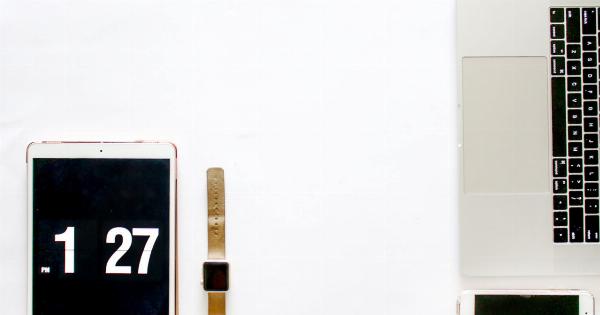Waist circumference measurement has become increasingly important in the assessment of an individual’s health status.
This measurement is used to determine the amount of abdominal fat a person has and can be a predictor of various health conditions. Over the past few decades, the incidence of obesity and related health concerns has risen significantly, making regular measurement of waist circumference a vital tool in monitoring one’s health.
In this article, we will examine the significance of waist circumference measurement and its importance in maintaining a healthy lifestyle.
What is Waist Circumference?
Waist circumference is the measurement of a person’s waist at the level of their umbilicus. This measurement is taken using a tape measure and is used to determine the amount of abdominal fat that a person has.
Abdominal fat is considered to be more dangerous than fat located in other areas of the body. This is because abdominal fat can lead to metabolic syndrome, which is a cluster of risk factors that can increase the chances of developing heart disease, stroke, and diabetes.
The Significance of Waist Circumference Measurement
Waist circumference measurement is a valuable tool in the assessment of an individual’s overall health status.
This measurement has been shown to be effective in predicting various health conditions, such as diabetes, hypertension, heart disease, and stroke. Several studies have indicated that individuals with a large waist circumference are more likely to develop these health conditions than those with a smaller waist circumference.
Therefore, regular measurement of waist circumference can be a vital tool in monitoring one’s health and preventing the onset of various diseases.
How to Measure Waist Circumference?
Measuring waist circumference is a simple process that requires a tape measure and a mirror. Here is a step-by-step guide to measuring waist circumference:.
- Stand straight and remove any layers of clothing that may interfere with the measurement
- Find the top of your hip bone and the bottom of your ribs. A line drawn between these points is your natural waistline
- Breathe out naturally and relax your stomach muscles. Measure your waistline at the level of your natural waistline, which is located above your belly button and below your rib cage
- Make sure the tape measure is snug, but not compressing your skin. The tape measure should be parallel to the floor and should not be twisted or loose
- Record your measurement in inches or centimeters. Repeat the process two more times to ensure accuracy and take the average of the measurements as your final reading
What is a Healthy Waist Circumference?
The healthy waist circumference for males and females varies depending on the population group and the ethnicity. In general, for adults:.
- A waist circumference of less than 94 cm (37 inches) for men and less than 80 cm (31.5 inches) for women is considered healthy
- A waist circumference of 94 cm (37 inches) or more for men and 80 cm (31.5 inches) or more for women is considered unhealthy and can lead to various health concerns
What are the Health Risks of Having a Large Waist Circumference?
Having a large waist circumference can increase the risk of developing several health conditions. These include:.
- Diabetes: Abdominal fat can cause insulin resistance, which can lead to high blood sugar levels and type 2 diabetes
- Heart Disease: Abdominal fat can increase the risk of high blood pressure, high cholesterol levels, and can lead to heart disease and stroke
- Metabolic Syndrome: A combination of risk factors that can increase the risk of developing various health conditions, including heart disease and diabetes
- Cancer: Abdominal fat has been shown to increase the risk of developing several types of cancer, including breast, colon, and endometrial cancer
How to Reduce Waist Circumference?
Reducing waist circumference requires a combination of healthy eating and regular exercise. Here are some tips for reducing waist circumference:.
- Choose Whole Foods: Include plenty of fruits, vegetables, whole grains, lean protein sources, and healthy fats in your diet
- Avoid Processed Foods: Processed foods are high in calories, sugar, and unhealthy fats, which can contribute to abdominal fat
- Engage in Regular Exercise: In addition to a healthy diet, regular exercise can help to reduce abdominal fat. Aim for at least 30 minutes of moderate-intensity exercise, such as brisk walking, cycling, or swimming, on most days of the week
- Reduce Alcohol Consumption: Alcohol can contribute to abdominal fat, so it’s important to reduce alcohol consumption or avoid it altogether
Conclusion
Regular measurement of waist circumference is an important tool for maintaining a healthy lifestyle. Abdominal fat has been linked to several health conditions, including diabetes, heart disease, and cancer.
Therefore, monitoring waist circumference can help to identify potential health concerns and prevent their onset. By adopting a healthy lifestyle that includes a balanced diet and regular exercise, individuals can reduce their waist circumference and improve their overall health and wellbeing.


























